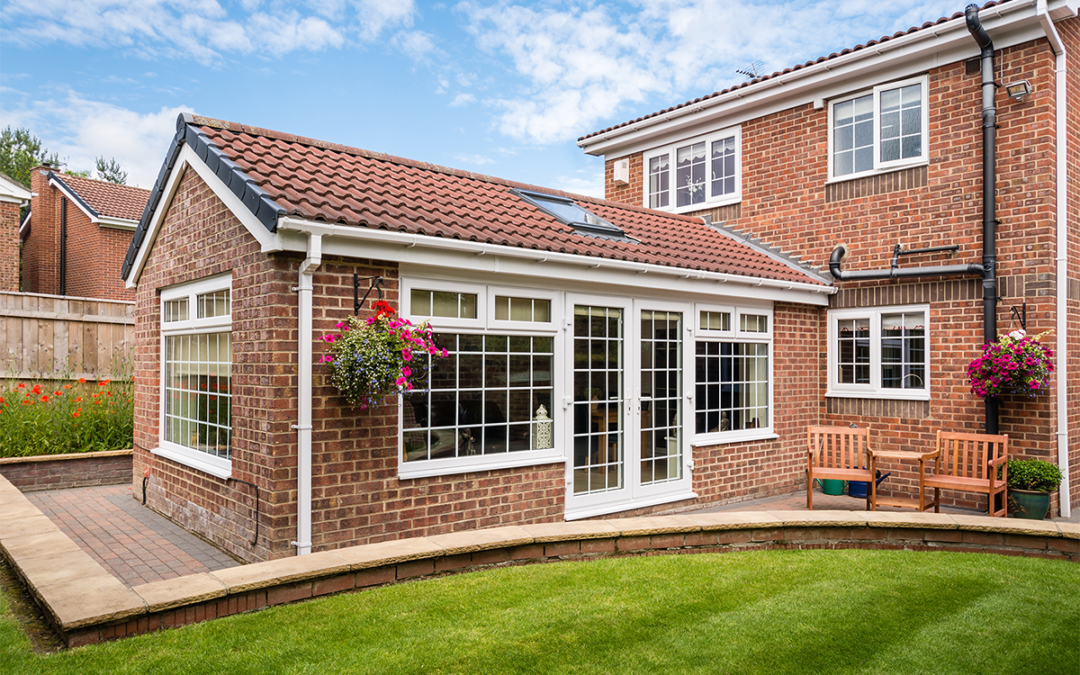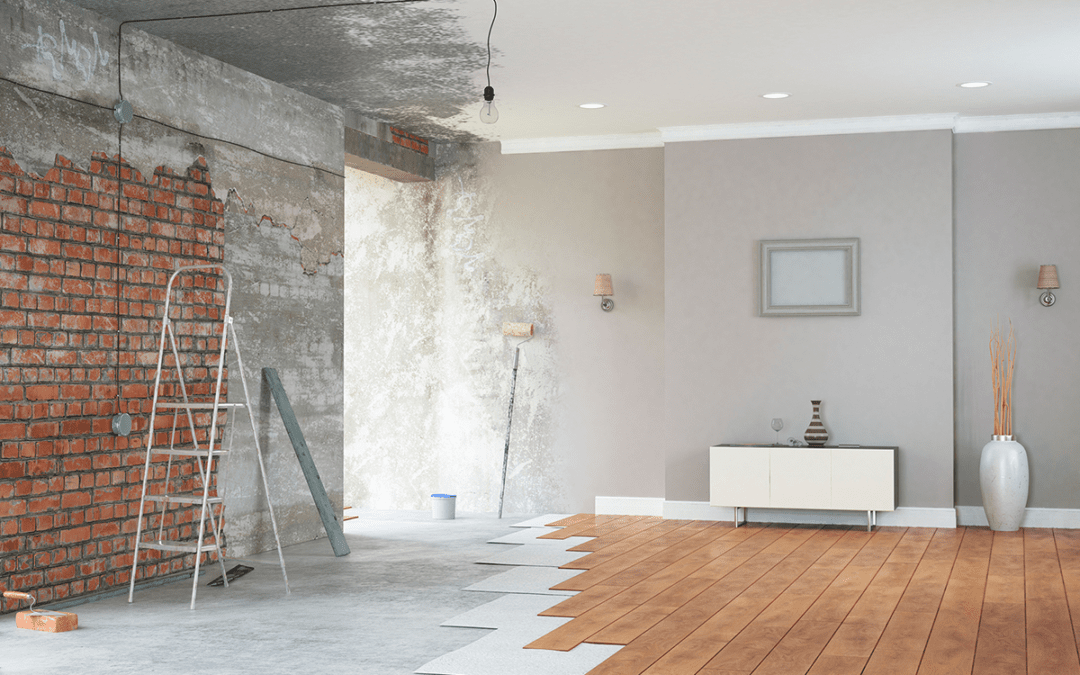
Upgrading Your Home with Property Extension Designs
There are countless ways to boost your property value, expand your living space, and improve the capacity of your home.
We regularly work with homeowners keen to expand but unsure how to start the design process or whether to extend upwards, outwards or down. We’ve collated some tips and advice to showcase some popular property upgrades, what’s involved, and factors to consider.
The Advantages of Investing in Your Home
First, let’s answer the obvious question – isn’t it easier to simply sell up and move to a larger property? The decision is, of course, entirely yours, but the average house move costs around £9,000 (plus the cost of purchasing a bigger home) and is considerably more disruptive than a few weeks of improvement work.
It also takes around 295 days to sell your current property (about ten months), and you’d need to think about marketing your existing home and buying somewhere new.
If you like your neighbourhood and are settled in the area, it’s well worth investigating the cost of a property upgrade rather than needing to relocate and potentially enrol in new schools or find alternative job opportunities.
Why Extend Your Property?
The advantages of an extension are compelling, and depending on what you’d like to achieve; it can be a relatively fast and cost-effective way of transforming your home:
- Repurposing unused space: many properties, particularly period homes, have small side returns and areas that don’t serve a viable purpose. Using that capacity to extend can make use of empty land while significantly improving your property.
- Increasing property value: the average extension adds 23% to your property value – with a sizeable 71% return on investment, or £14,000 profit reflected in the revised market valuation.
- Creating extra rooms: most homeowners decide to move because they need a spare bedroom, home office or work area. An extension can add one or more additional bedrooms to your property or create a new kitchen or bathroom.
- Cheaper and quicker than moving: while a larger-scale two-storey extension is an investment, it is also considerably faster and more cost-efficient than selling your home. Extension can be completed in weeks and ready for immediate use.
- Upgrading your living standards: designing a bespoke extension is a fantastic opportunity to reconfigure your layout! Whether you’d love picture windows, a sleek contemporary design or classic heritage brickwork, you can play with inspiration to tailor your home to your personality and style.
- Energy-efficiency benefits: modern extensions comprise all the essential features for improved energy efficiency, such as insulation, double or triple glazing and under-floor heating, making your home lower cost to run and better for the environment.
There are also many choices of material, finish and extension design.
If you have a limited budget, please get in touch for advice about the best ways to achieve your desired outcome while controlling overall costs.
Planning Permission Rules for a Full Property Extension
Planning permission is often perceived as a stumbling block to upgrading your property, but it can be straightforward if you understand the rules and file a comprehensive application.
The government’s Planning Portal explains all the exemptions and limits within which you can extend your home under permitted development rights.
Where planning rules do apply, the process works like this:
- Buy a location or site plan from the Planning Portal – you use this to show how the design will look and how close it will be to borders, roads or adjoining properties.
- Create drawings and architectural plans demonstrating the materials, construction and finished result of your planned extension.
- Work out the project dimensions using a volume calculator to determine the additional cubic metres your extension would create.
- Complete the planning application paperwork for Full Planning Permission, attaching your site plan and designs. The associated fee for most extensions is £238.20, including VAT.
Pinnacle Works is always available to assist with each step of the process, draw up technical designs and ensure your application is accurate and within all the relevant guidelines.
Popular Property Extension Design Ideas
If you’re unsure of the style or size of extension that would provide the most benefit to you and your family, it’s wise to review other property extensions and shortlist your priorities in terms of budget, additional rooms, and space required.
Two-Story Property Extension
Double-storey extensions can be in any shape – a rear extension, a side return or a wrap-around extension over two new floors.
The advantage is that you double the living space added, although a two-storey extension does not cost twice that of a smaller one-storey conversion. Homeowners who want to expand their property as much as possible opt for double-storey extensions since the cost is generally around 50% more than a single storey.
Much of the groundwork is identical, so you get more living space for each pound spent and can add an extra bedroom, home office or bathroom upstairs.
Modern Property Extension
A home extension doesn’t need to be a traditional ‘box’ added to the front, side or back of your property.
Alternatives include:
- Extending the ceiling to create a double-height living space with a dramatic impact and an influx of natural light.
- Replicating period features with modern, sustainable materials and efficient features such as triple glazing or roof lights.
- Knocking through internal walls to open up living spaces and combine an outward extension with a larger scale open indoor room.
- Blending the indoors with a garden is a popular option in urban properties. A garden room or panoramic windows can make darker rooms and even subfloor-level apartments feel bright and spacious.
Side Return House Extensions
A side return is an excellent choice if you wish to retain outdoor space but need a larger living area within your property.
Disused alleyways or slim areas where you keep bins and garden equipment can be repurposed, adding value to your home and plotting the extension across the length of the room and outward.
Side return extensions can be one or two storeys high and usually take around three to four months to complete, from digging the foundations to applying the final touches.
Choosing the Right Extension Design to Upgrade Your Property
We hope we’ve provided you food for thought and some ideas and information about the different home extension types to choose from and the factors to consider before you make any decisions.
Get in touch if you’d like further advice about any of the extensions discussed here, help with a planning application, or support from an experienced design team.

